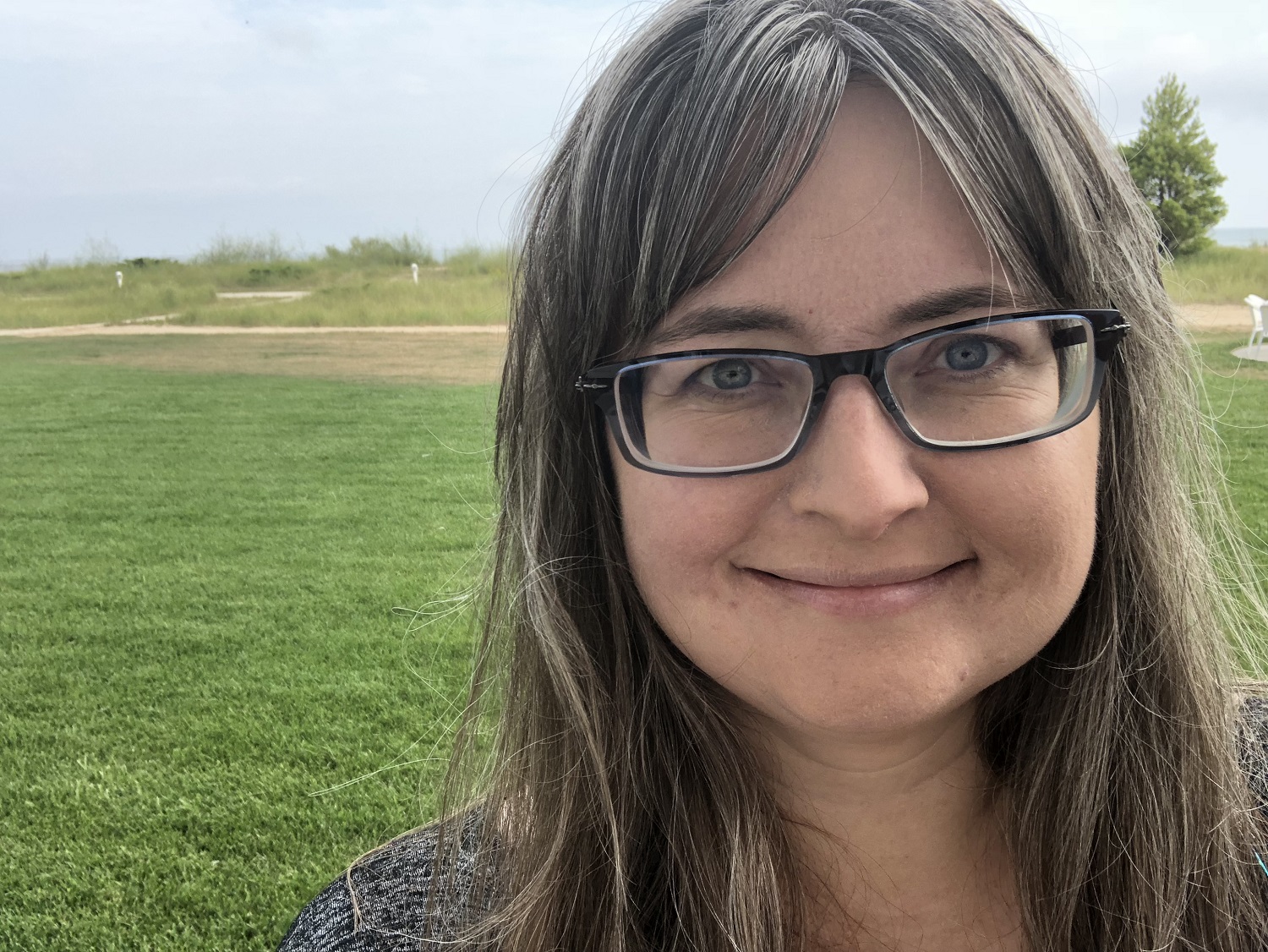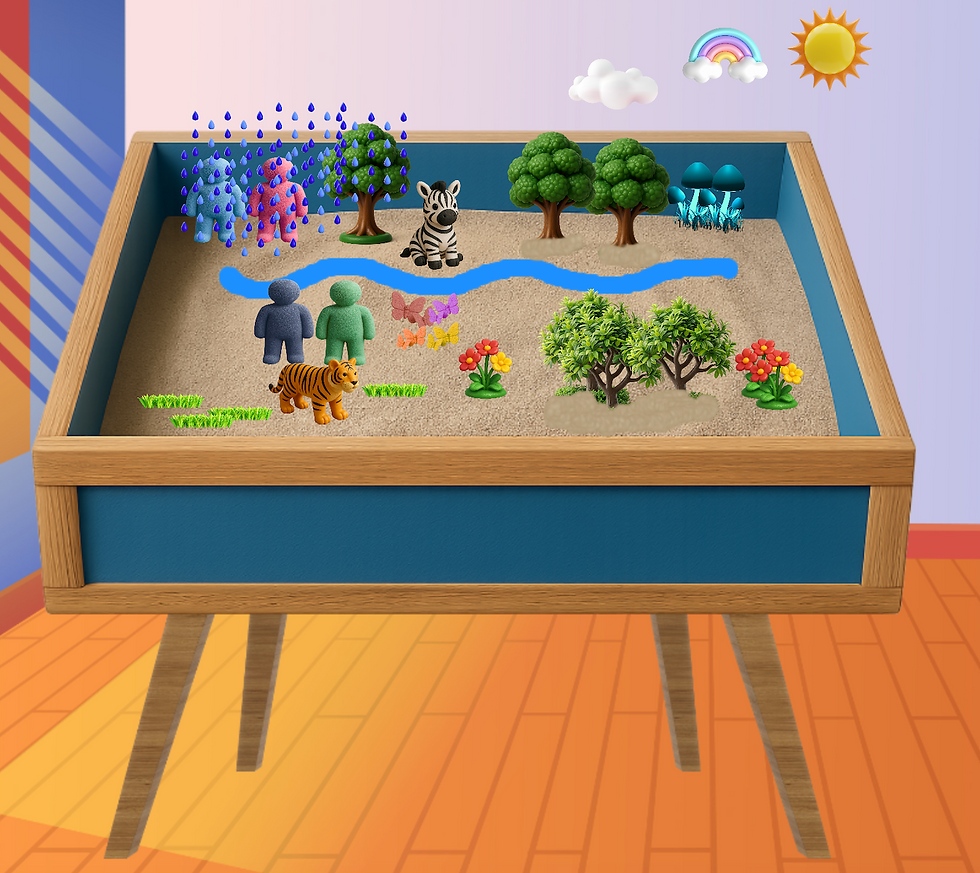5 of the Worst PTSD Symptoms (And How to Beat Them)
- Jennie Lannette Bedsworth, MSW, LCSW

- Apr 12, 2019
- 6 min read
Past trauma can cause panic attacks, being on edge and bad memories -- learn what helps.

If you’ve been through something very difficult like a tragic death of a loved one, a sexual assault, or childhood abuse, you might experiencing some difficult symptoms afterwards. While most people don’t develop post-traumatic stress disorder (PTSD), it is still fairly common, though fortunately very treatable. Based on national statistics, I estimate around 9,000 people in the Columbia, Mo., area have PTSD at any given time.
Here are some of the PTSD symptoms my clients in Mid-Missouri report most significantly interfere with life when they are first entering trauma counseling, and what we do in the types of treatments we use to finally overcome them!
PTSD Symptom #1: Panic or Anxiety Attacks
Panic attacks, sometimes called anxiety attacks, are the number one concern that brings many people in to get help. These are sometimes PTSD symptoms and can stem from fears that remind you of your trauma. However, sometimes the trigger can seem totally unrelated to what happened to you as well. For example, the majority of my clients with PTSD struggle with crowded places or situations (like Wal-Mart or the mall), feeling closed in or trapped, and talking on the phone. Most people’s traumas do not relate to crowds or phones.
How We Treat it: I initially recommend and teach relaxation techniques like mindfulness and grounding, to calm the “freaked out” parts of the brain and active the calmer, wiser parts of the brain. Following this, we work with the thoughts that are contributing to the feared situations and start re-framing these to be more self-compassionate.
We also sometimes combine gradual exposure, where you face your fears in a gentle (sometimes even fun), but challenging way. This helps you overcome many of the situations that cause panic. These specific symptoms are so treatable with gradual exposure (sometimes called in-vivo exposure) that they often get better faster than the other symptoms, typically within a few weeks! Unfortunately, many therapists don’t know or don’t agree with these methods. I have seen it work so quickly with so many people who loved these strategies, that I am sincerely perplexed as to why more people don’t offer this as a treatment. In my experience, clients with bad enough symptoms are ready to do what it takes to get relief, and grateful to have these tools.
PTSD Symptom #2: Hypervigilance (Feeling on Edge)
This is in the same category as panic attacks. Many people coming into PTSD counseling reporting they are often scanning a room, and sitting with their back to the wall with a view of the door. They also might be on “high alert” in general. You know when someone comes around a corner unexpectedly and you jump out of your skin? Imagine this doubled, and happening more frequently, or even throughout the day. It’s a miserable way to live.
How We Treat It: We start with the same relaxation techniques mentioned above. And, we treat the underlying trauma. As the trauma symptoms get better, so does the hypervigilance. This involves looking at the thoughts and core beliefs, often relating to shame and guilt, that contribute to the PTSD. We also learn about white knuckling versus mindfulness. White knuckling is powering through difficult situations, while mindfulness is taking things slow and being aware of ourselves and our surroundings. The latter works much better to help train away the hypervigilance symptoms.
PTSD Symptom #3: Avoidance of People and Places
Avoidance is a hallmark symptom of PTSD. We believe intentional or unintentional avoidance makes people more likely to develop PTSD over time. Once this symptom falls, the rest will eventually get better. With targeted treatment techniques, the rest of the symptoms get better even faster.
How We Treat It: Understanding avoidance starts with education. Our culture often tells people to “leave it in the past” and “move on.” Unfortunately, this doesn’t work for a lot of people. They can’t really move on, because the experience is stuck in their brains and bodies. The avoidance just keeps us from healing. In the therapy I provide for trauma and PTSD, I teach a few different ways to overcome avoidance.
The first is to begin to notice and allow your natural emotions. When you feel an emotion welling up, it’s usually for a good reason. If you simply allow that to pass through your body, which often just takes a few minutes, it will dissipate. Most people then feel relief, in a short amount of time. Allowing your feelings for a few minutes at a time, rather than pushing them aside throughout the day, helps you heal and have a full range of experiences.
Think of animals, for example. Dogs are known for forgiving and forgetting. That’s because they’re just allowing their feelings, never pushing them away or beating themselves up in their head. They’re just being. Sometimes our higher evolution and fancier brains get in our way.
The second method I teach is called “leaning in.” Leaning in is actively practicing the opposite of avoidance. If a thought crosses your mind about something difficult, or a feeling comes up, you lean into it rather than going the other way.
The final big strategy I’ve already alluded to -- it’s called gradual exposure. The best example I can think of for this is a kid learning to use the playground for the first time. She might first check it out and try one or two of the pieces of equipment -- perhaps the swings and the short end of the monkey bars. Within a few trips, though, she’s likely swinging, sliding, spinning, and climbing like a pro. Gradual exposure is kind of like that, for adults. In my experience, it works about as quickly.
PTSD Symptom #4: Nightmares or Other Sleep Issues
Not everyone with PTSD remembers nightmares or disturbing dreams, and that’s probably because there are complicated biological issues involved, like the amount of sleep we’re getting, and where we wake up in our dream cycles. However, many people with PTSD do report disturbing dreams on occasion, and more regular sleep issues like waking up a lot or not being able to fall asleep.
How We Treat It: As I teach mindfulness and grounding tools for the other symptoms mentioned, I have found that a lot of my clients began using those techniques at night to help them calm down before bed. This is the best active strategy I’ve seen for sleep issues. Allowing yourself to think about things before bed or journaling to work out some feelings can also be helpful, because sometimes all the things we’ve been avoiding all day hit us at once when we lay down. And, as the other PTSD symptoms get better, so does this.
PTSD Symptom #5: Intrusive Memories or Flashbacks
This is one of the most difficult symptoms my clients report when they start PTSD treatment. And, this is largely what makes PTSD different than other anxiety disorders like social phobia or general anxiety disorder. The most common experience I hear about is that someone is having a pretty decent day for once, and they still can’t escape the memories of what happened. The traumatic memories “intrude” on otherwise okay moments. This can be a particularly difficult one because it can mess up your work, family, or social life. It steals our joy.
How We Treat It: We do all the things above like leaning in to the memories and using mindfulness. But we also take some control of the memories. Sometimes in treatment, it’s recommended to, or clients choose to, write and talk about the specific memories of what happened, in a structured and supported way. This takes it out of the back of our mind and puts it right in front, so now we can deal with it purposefully.
As we choose to take control of the memories, while still allowing our feelings, we are also looking at how we are thinking about what happened. We specifically target the shaming and thoughts of guilt or incompetence about ourselves, and challenge these. It’s one of the most amazing things I’ve seen, even just on a scientific level -- how changing our thoughts can lead to fewer or no more nightmares, no more panic attacks, no more flashbacks. These symptoms are our mind and body telling us we need to deal with something. The right therapy or strategies help us to do that.
If you’d like to try therapy to get help for your PTSD symptoms, I’d love to help. If you have already tried therapy for months or years and feel like you’re not getting better, you are not alone. Many of my clients have experienced this. Targeted trauma therapies, like the ones I provide, mainly CPT (cognitive processing therapy) which I combine with some mind-body practices, make all the difference.
The Counseling Palette’s offices are in the downtown district in Columbia, in a convenient and discreet location, with free and easy parking. Contact me if you’d like to explore this or set up a consultation. You can give me a call, text, e-mail or fill out a contact form and I’ll get back to you. The number is 573/291-7315, or you can email jennie@thecounselingpalette.com




Comments